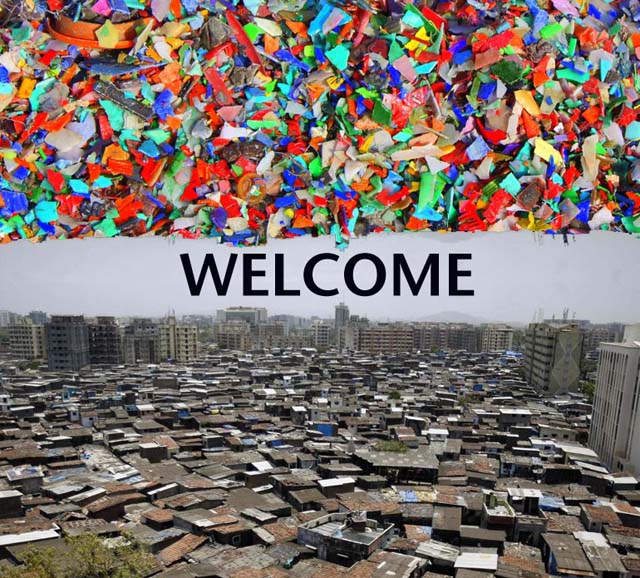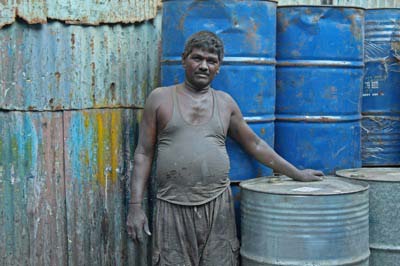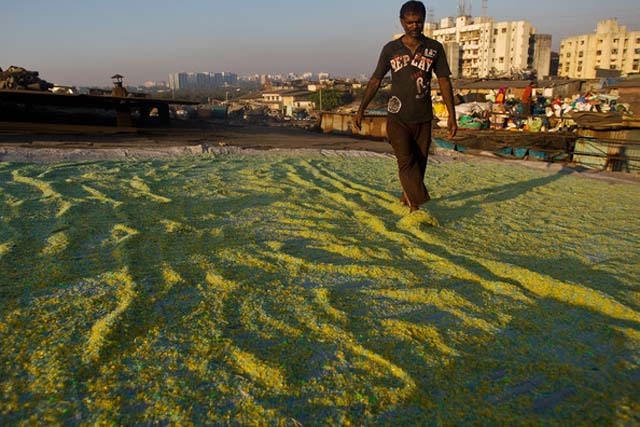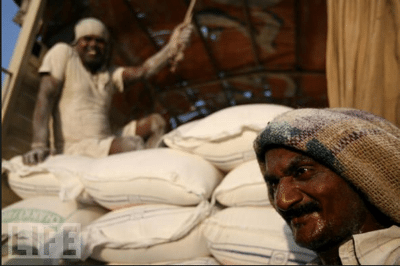GUEST BLOG
THE DEATH OF DHARAVI
Dharavi in Mumbai, India. Asia’s largest “slum” is known around the world as a place of extreme poverty with 600,000 people living within a square mile… a place so harsh on the eyes from the outside that it’s been marginalized, alienated and written off from society.

It’s slated to be destroyed and replaced with high-rise towers, and supposedly nothing is to be lost. But these notions couldn’t be further from the truth.
In November of 2010 Casey Nolan and I will lead a team of artists and immerse themselves amidst the bustling economy and deep community of Dharavi to excavate another truth. Video, photography, journalism and paintings created during the project’s three-month life will tell a story of a complex society of migrants that have lifted themselves out of poverty by coming together through an embracing of entrepreneurship, collaboration and community. This is a Dharavi from which even the world’s most cultured cities and wealthy communities can learn from.

This project vision was born after my travels in many parts of the world and after experiencing and reflecting on different cultures, peoples and places.
All over the world I’ve found places with strong identities and souls and have come to the conclusion that it is the presence of strong communities that lets you feel that these places are alive; communities that sustain the individual residents and foster the relationships fundamental to the formation of healthy economy and society… streets, shops and meeting places where cultures and the collective identities are transmitted. You feel these things when you walk through a place that is alive and full of life.

On the same token I’ve been through many places that are sterile and void of life where you don’t know where you are or anything about who the people around you are. Clearly there are people, places and philosophies that embrace community and reject it all together.
And so, one day when I came across Dharavi, this so-called world’s largest slum slated for redevelopment, I looked a little deeper and saw what amidst hardship and a lack of basic infrastructure appeared to be an advanced civilization. People content despite their struggles, and the home to a complex economy that recycles you-name-it and creates everything but the kitchen sink. It’s like a beehive buzzing with collaboration and activity, and above all these people enjoy each others company. Compare that to my context of growing up in a suburb where the further away your house was to your neighbor’s, the better.
It’s occurred to me that the way we measure what people want and need to be happy, healthy and fruitful is relative to the context and messages our world delivers to us. But one thing seems certain to me, and that is that people who live as part of a genuine community larger than themselves can identify their individual humanity.

We are going to Dharavi to use all types of artistic expression and engagements with the community to express the power that community has on these people. We believe that community is at the center of the people’s optimism, humanity and life quality – and we have set out to test this hypothesis.
Casey and I will be working with ACORN’s recycling center in Dharavi for three months, giving classes to children and working with the community in a variety of artistic initiatives that aim to bring attention to the overlooked success and mechanics of Dharavi.
We will engage the modernizing Mumbai and press with our art and actions and speak about why we westerners are studying Dharavi, and not the new glamorous neighborhoods that are being developed. With a supporting team of filmmakers, a photographer, dancer and painters, Artefacting Mumbai is going to be making a controversial splash in Mumbai. In the Spring of 2011 an exhibition of this project will come to Portland, Oregon and New York City.
You can find out more about the project at www.lamazza.com/artefacting-mumbai/ and at www.facebook.com/pages/Artefacting-Mumbai/

2 Comments
I enjoyed reading what your team will be exploring in Dharavi. I too have a passion to explore culture and the connection with art. I currently live and work in Haiti’s worst slum Cite Soleil. My trade is medical but I’m trying to explore how to implement an art focused program with youth to prevent them from turning to gangs and the drug trade.
Looking forward to what your team finds,
Cheers,
Justin
Wow, this is so sad since it was such a nice country before.